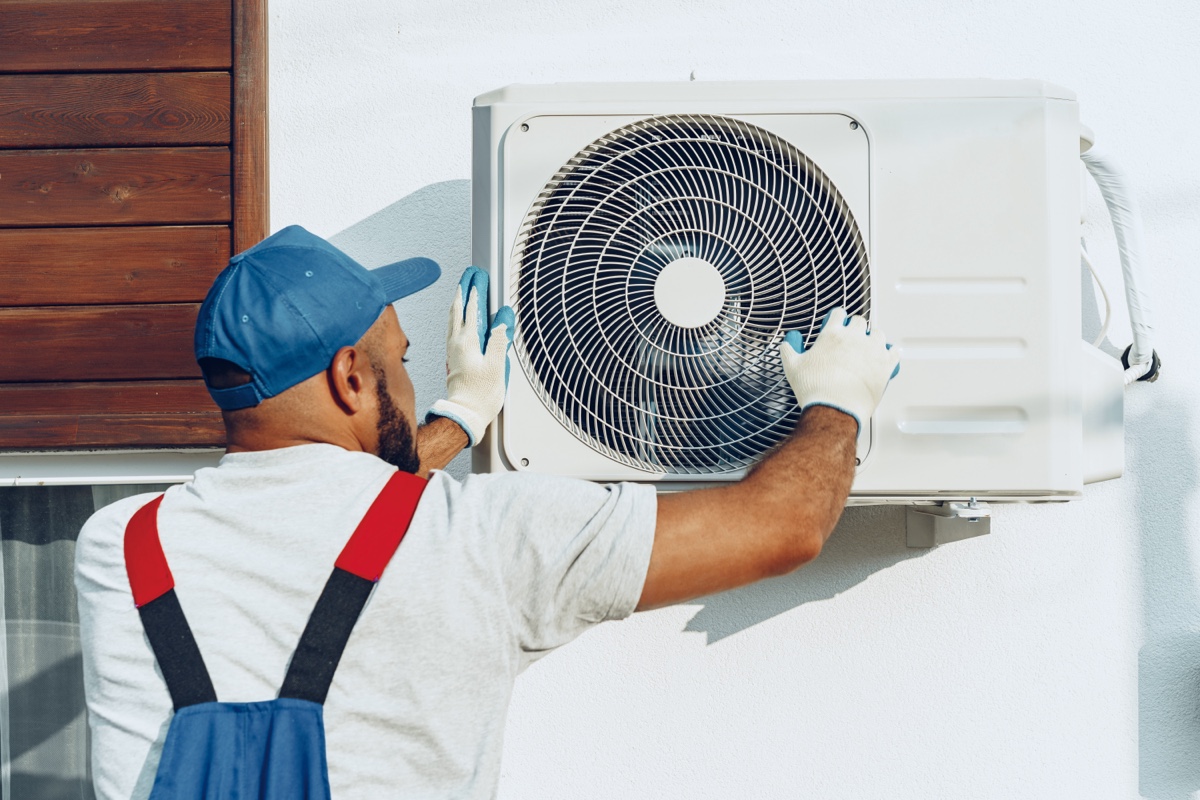
September 11, 2024
Tenant Protection Laws Proposed As Heat-Related Deaths Double In The U.S.
Lawmakers propose maximum indoor temperature during hot days to combat growing issue of heat-related deaths across the U.S.
Following another record-hot summer in the United States, lawmakers are considering implementing tenant protection laws to safeguard residents from extreme and often deadly heat.
According to the US Centers for Disease Control and Prevention, heat-related deaths in the country more than doubled from 1999 to 2023, with more than 21,500 occurring within that time frame. The study, published in the medical journal JAMA, also reflected a year-over-year increase from 2016 on, Bloomberg reports.
Tenant Union Federation, a national “union of unions,” was launched in August. The organization plays a pivotal role in advocating for change, starting with tenant protection laws that require a maximum indoor temperature during hot days.
“Things are changing because they have to; something’s got to give,” said Tenant Union Federation founding Director Tara Raghuveer. “The emergency in our homes is at a level that is actually untenable.”
A 2023 report revealed that Black New Yorkers “have an age-adjusted heat-stress death rate that is twice as high as that of white New Yorkers,” suggesting that this is much more than a climate issue but one that is reported to be rooted in systemic racism.
In July, New York City Council member Lincoln Restler, a representative for parts of downtown neighborhoods in the Brooklyn borough, proposed legislation requiring landlords to install and maintain air conditioning units in all rental units. According to the bill, temperatures inside units between mid-June and mid-September would be required to stay below 78 degrees when outdoor temperatures surpass 81 degrees. Should the law be implemented, landlords would have four years to change their units or could face a fine of up to $1,120 per day for non-compliance.
Similarly, in Los Angeles, county officials approved a January motion to create a law establishing a “safe maximum temperature threshold,” requiring residential rental units to be “cooling ready,” which would allow residents to install their own units.
Recently, the heat wave in Southern California broke its previous record of back-to-back days of 114-degree heat, which was on Sept. 5 and Sept. 6, 2020, with temperatures that caused power outages and school closures.
Currently, hotter parts of the country, including the Texas cities of Dallas and Houston, Montgomery County in Maryland, and California’s Palm Springs, have laws in place that require landlords to “provide adequate cooling to avoid exceeding a temperature threshold,” which varies from 80 to 85 degrees.
In Phoenix, landlords are required to repair A/C units within 10 days of tenants’ written complaints.
While some landlord groups oppose the proposed maximum temperatures, citing that the cost of installing the cooling systems may cause them to raise rent or even drive out landlords who can’t afford to implement the changes, others say they aren’t against it.
Instead, their concerns are around the proposed deadlines for them to do so.
“What is more up for debate is: Realistically, what is possible and reasonable for property owners to do in that timeframe?” said Alexandra Alvarado, director of marketing and education at the American Apartment Owners Association. “The other aspect is whether or not the landlord can bill the tenant for utilities.”
At this time, air conditioning is present in roughly 90% of American homes, which means about 35 million are living without it. A recent report from the Kaiser Family Foundation revealed that those without air conditioning are likely to be older, from a lower-income background, and non-white.
RELATED CONTENT: How to Stay Cool Without an Air Conditioner: A Beginner’s Guide